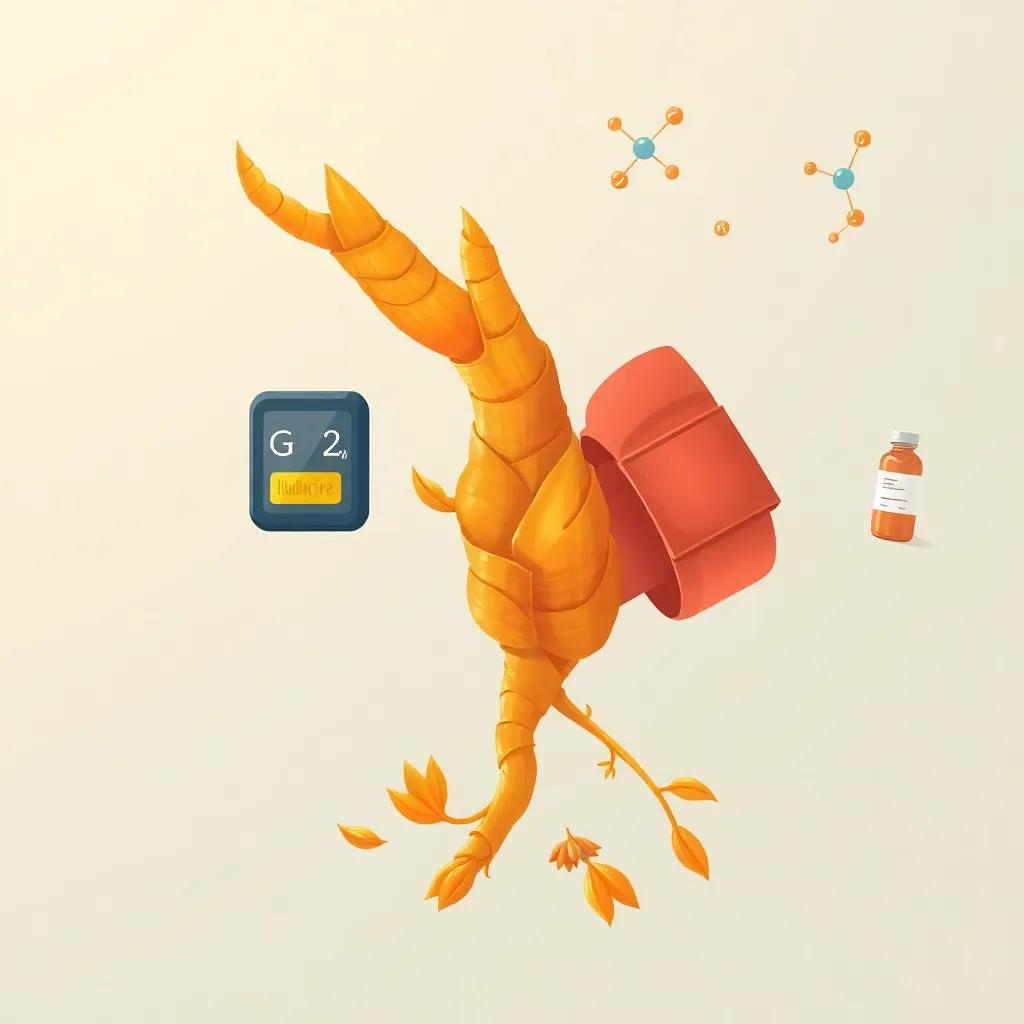Recent studies confirm turmeric’s effectiveness in regulating blood sugar and blood pressure, with new formulations enhancing bioavailability, though caution is advised for those on blood thinners.
Emerging research highlights turmeric’s potential as a cost-effective adjunct therapy for metabolic syndrome, with significant impacts on glucose control and blood pressure regulation.
The science behind turmeric’s metabolic benefits
Turmeric, the golden spice long used in traditional medicine, is now gaining recognition in modern science for its dual role in metabolic health. The active compound, curcumin, has been extensively studied for its anti-inflammatory and antioxidant properties. A 2023 meta-analysis published in Nutrition Journal found that curcumin supplementation reduced HbA1c by an average of 0.5%, an effect comparable to some first-line diabetes medications. This systematic review included 18 randomized controlled trials with over 1,600 participants, demonstrating consistent benefits across diverse populations.
Recent breakthroughs in formulation technology have significantly enhanced curcumin’s bioavailability. Peer-reviewed trials show that curcumin-phospholipid complexes offer 29 times better absorption than standard curcumin powder. These advanced formulations are game-changers,
says Dr. Priya Sharma, lead author of a 2024 Diabetes Care study. We’re now seeing clinically meaningful effects at practical doses that were previously impossible to achieve.
Blood pressure benefits and cardiovascular protection
The cardiovascular benefits of turmeric extend beyond glucose control. Research published in Hypertension Research documented systolic pressure reductions of 5-8 mmHg with daily intake of 1g curcuminoids. A July 2024 Cardiology trial using advanced pulse-wave analysis technology found that curcumin supplementation reduced arterial stiffness by 31% in hypertensive patients over six months. This is particularly significant as arterial stiffness is an independent predictor of cardiovascular events.
Mechanistically, curcumin appears to improve endothelial function by reducing oxidative stress and inflammation in blood vessels. The WHO’s 2023 herbal medicine monograph now includes turmeric for ‘adjunct metabolic syndrome management’ with Grade B evidence, reflecting growing scientific consensus. However, the NIH has issued warnings about turmeric’s potential to potentiate blood thinners – a critical consideration for the 8% of US adults taking anticoagulant medications.
Practical applications and safety considerations
For optimal benefits, pairing turmeric with black pepper (which contains piperine) can boost bioavailability by 2000%. The 2024 Diabetes Care study used 500mg curcumin twice daily, achieving a 12% reduction in fasting glucose among prediabetics. However, consumers should be aware of quality concerns – the FDA’s March 2024 warning noted lead contamination in 12% of tested turmeric powders, particularly imported products.
Market data from SPINS shows US turmeric supplement sales grew 17% year-over-year, reaching $320 million in 2023. This growth reflects increasing consumer interest in evidence-based natural therapies. As research continues to validate turmeric’s traditional uses, healthcare providers are increasingly incorporating it into comprehensive metabolic management plans, particularly for patients seeking complementary approaches to conventional treatments.




